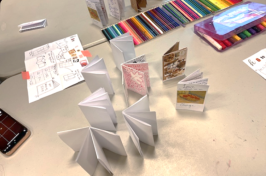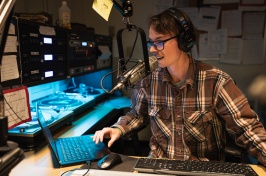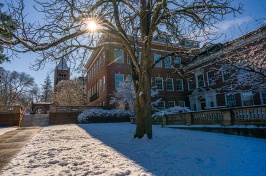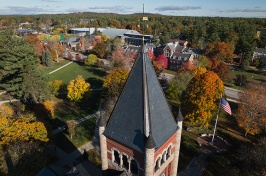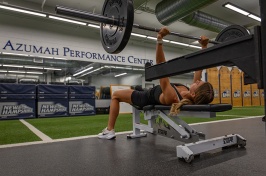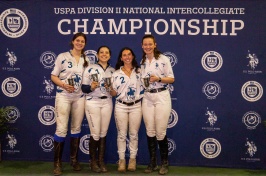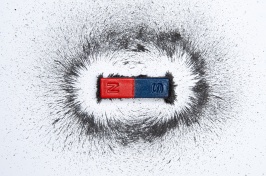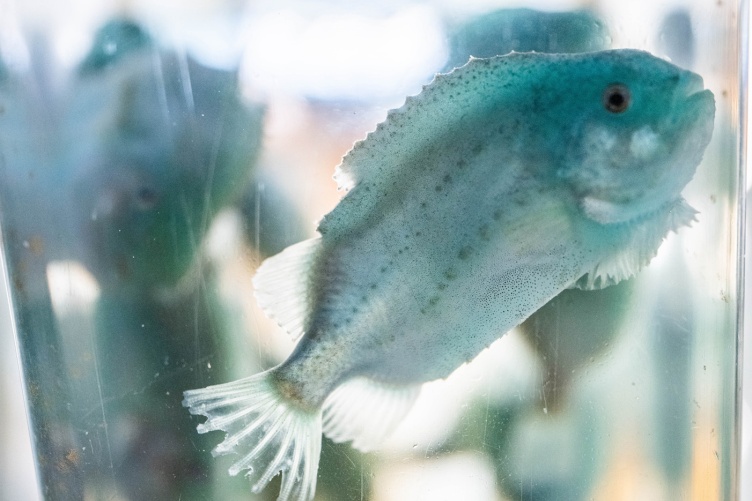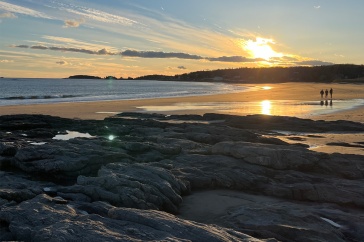Sea Lice Infestations: A Global Aquaculture Concern
Sea lice infestations pose a significant threat to salmon aquaculture, causing both economic and environmental challenges. These infestations can lead to substantial economic losses, as infected fish cannot be sold due to the damage caused by the parasites. Current methods to manage sea lice have limited effectiveness and can harm fish and the environment. Additionally, these parasites have developed resistance to many of the chemicals used.
Globally, sea lice infestations have had a profound impact on the salmon industry. This includes expenses related to treatment methods, such as chemical, thermal, or mechanical procedures, and more equipment-based solutions, like protective barriers around cages; lost fish due to lice-induced mortality; and the reduced growth rates of infected salmon. Similar challenges are faced by salmon farms in Scotland, Canada, and Chile, where sea lice infestations have led to significant financial losses and prompted stricter regulations and monitoring practices. Other methods, such as vaccines against sea lice, selective breeding of salmon to be lice-resistant, and anti-microbial feeds that poison lice that feed on the salmon tissue, are in development but have met limited success due to inefficiency, environmental concerns, permitting issues, and technical challenges related to implementation.
Salmon farms have been an important part of the northeast U.S. aquaculture industry for over 50 years, but sea lice, a pesky parasitic crustacean that feed on and injure the salmon, have been a million-dollar problem for salmon farmers who may not be able to sell infected fish. Integrating lumpfish—a cleaner fish that naturally feeds on sea lice off salmon—into aquaculture farms can provide a sustainable mitigation strategy, but this species can be aggressive toward other, younger lumpfish, which can reduce the strategy’s effectiveness. Research at the University of New Hampshire and the New Hampshire Agricultural Experiment Station found that lumpfish hatcheries can reduce such behavior by altering light conditions and fish densities inside tanks.
“Lumpfish are crucial in addressing the high demand for cleaner fish in salmonid farming, but their aggressive behavior, including cannibalism, poses a challenge,” said Station scientist Elizabeth Fairchild, a research associate professor with UNH’s College of Life Sciences and Agriculture (COLSA). “Understanding the factors that exacerbate lumpfish aggression, and providing guidelines for mitigating this behavior to aquaculturists, are essential for increasing hatchery production and rearing efficiency.”
Fairchild and her co-authors, including Brittany Jellison, an assistant professor in UNH’s biological sciences department, and Shelby Perry, a Master of Science student in COLSA’s marine biology program, recently published their research in the North American Journal of Aquaculture. Conducting their research at the UNH’s Coastal Marine Lab, the scientists found that, especially for smaller lumpfish, instances of tail fin nipping as a sign of aggression lessened when the fish had 12 hours of light followed by 12 hours of dark (versus constant light) and when the density of fish was reduced.
These management conditions become less influential as lumpfish grow larger, allowing for more flexibility in rearing practices, said Fairchild. However, further research is needed to explore the long-term impacts of these conditions and to develop comprehensive guidelines for lumpfish rearing.
As more becomes known about sustainable lumpfish management in aquacultural operations, the knowledge and practices could help further develop salmon farmers’ resiliency to sea lice. The species that is particularly impactful, Lepeophtheirus salmonis, feeds on the mucus, skin and blood of salmon, causing lesions, stress and sometimes mass mortality of salmon and can cost an estimated $1.3 million per farm over a two-year production cycle in sea lice infestation management. Current mitigation methods for sea lice, including waterjets, hot water showers and other mechanical and thermal treatments, aren’t fully effective and can harm the fish, resulting in lower growth and survival rates for the salmon.
Which is why finding optimal environmental conditions for lumpfish development, thus enhancing their effectiveness as a cleaner fish in aquaculture settings, is so critical, said Perry.
“By adopting these recommendations, fish farmers can improve lumpfish hatchery production, reduce juvenile mortality and enhance the sustainability of salmonid farming through effective sea lice management,” she added. “And increasing aquaculture sustainability and efficiency is vital to meeting the future demand for animal protein, as well as protecting the planet we live on.”
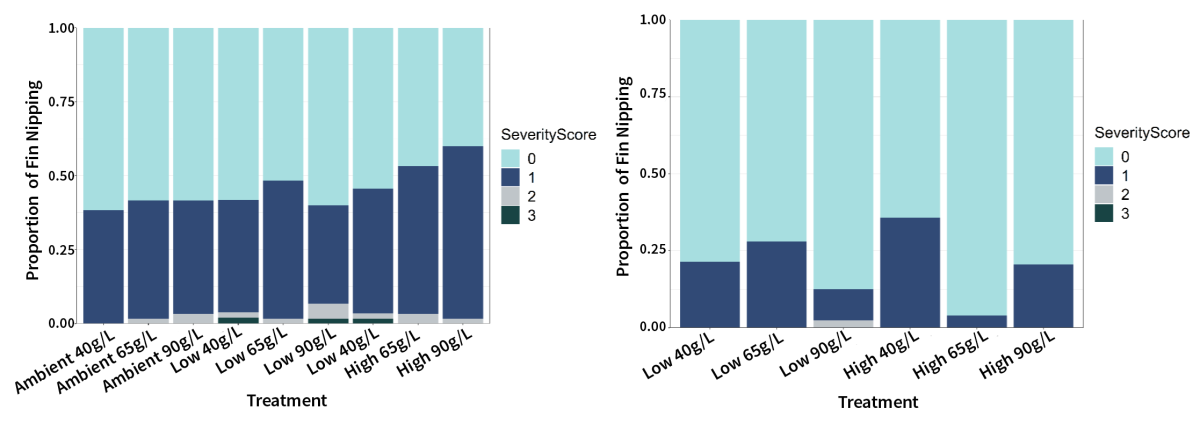
This work is co-authored by Shelby Perry, Elizabeth Fairchild and Brittany Jellison.
To learn more about this research, read The effects of light, rearing density, and fish size in culturing juvenile Lumpfish, published in the North American Journal of Aquaculture.
This material is based on work supported by the NH Agricultural Experiment Station through joint funding from the USDA National Institute of Food and Agriculture (under Hatch award number 1026188) and the state of New Hampshire.
-
Written By:
Nicholas Gosling '06 | COLSA/NH Agricultural Experiment Station | nicholas.gosling@unh.edu

